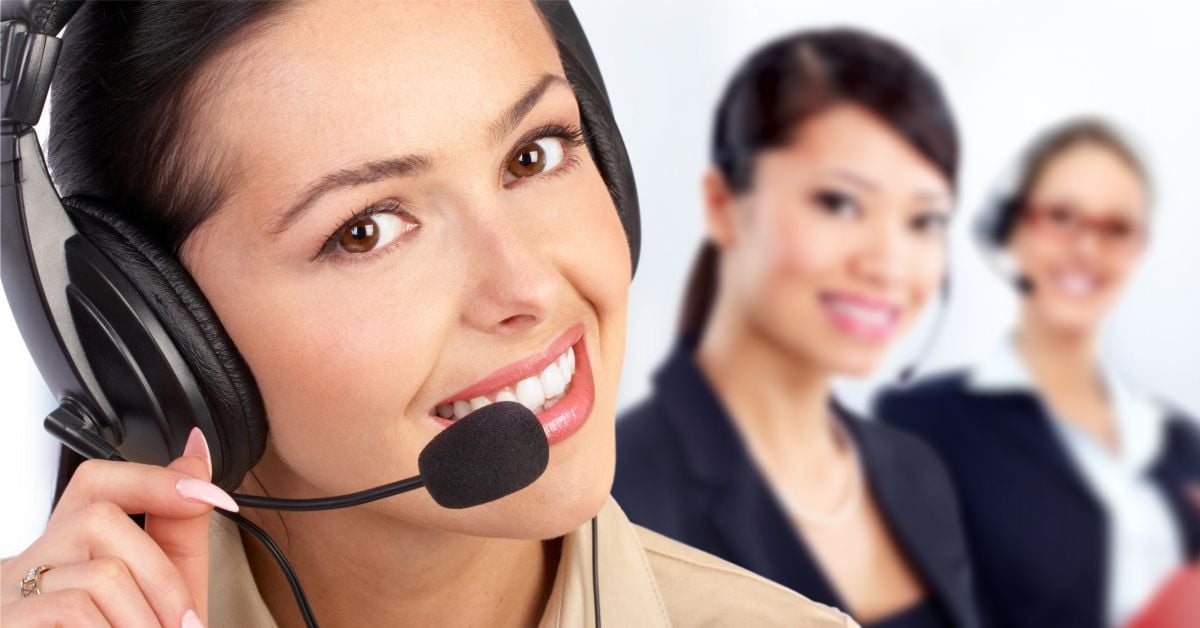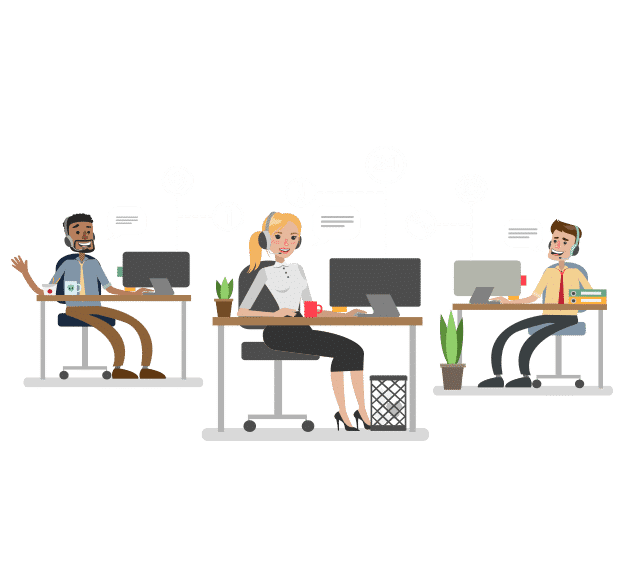All Categories
Featured
Table of Contents
- – What Is The Best What Is A Phone Answering Serv...
- – What Is The Best What Are Call Answering Servi...
- – What Is The Best How Answering Services Work R...
- – How Do I Find A Telephone Answering Service -...
- – What Is The Best Phone Answering Services - A...
- – Which Is Best Your Virtual Receptionist: Pho...
What Is The Best What Is A Phone Answering Service, And How Does It Work? To Buy Now
This gadget and its successors were designed by Sava Jacobson, an electrical engineer with a private consulting company. While early answering machines utilized magnetic tape innovation, a lot of modern equipment uses solid state memory storage; some gadgets utilize a combination of both, with a solid-state circuit for the outgoing message and a cassette for the incoming messages.
"toll conserving" below) (answering service). This works if the owner is screening calls and does not wish to speak to all callers. In any case after going, the calling party must be notified about the call having actually been addressed (in a lot of cases this starts the charging), either by some remark of the operator, or by some greeting message of the little bit, or addressed to non-human callers (e.
This holds specifically for the TADs with digitally saved welcoming messages or for earlier machines (before the increase of microcassettes) with an unique unlimited loop tape, different from a 2nd cassette, devoted to recording. There have actually been answer-only devices with no recording abilities, where the greeting message had to inform callers of a state of existing unattainability, or e (business call answering service).
What Is The Best What Are Call Answering Services? - Explained Brand

about schedule hours. In recording Littles the greeting typically consists of an invitation to leave a message "after the beep". An answering maker that uses a microcassette to record messages On a dual-cassette answerphone, there is an outbound cassette, which after the defined variety of rings plays a pre-recorded message to the caller.

Single-cassette answering makers contain the outgoing message at the start of the tape and inbound messages on the remaining area. They first play the statement, then fast-forward to the next available space for recording, then record the caller's message. If there are numerous previous messages, fast-forwarding through them can cause a considerable hold-up.
This beep is typically referred to in the welcoming message, requesting that the caller leave a message "after the beep". Little bits with digital storage for the tape-recorded messages do disappoint this hold-up, obviously. A TAD might offer a remote control center, whereby the answerphone owner can sound the house number and, by getting in a code on the remote telephone's keypad, can listen to tape-recorded messages, or erase them, even when away from home.
What Is The Best How Answering Services Work Right Now

Therefore the machine increases the variety of rings after which it responds to the call (normally by two, leading to 4 rings), if no unread messages are presently saved, but responses after the set variety of rings (typically 2) if there are unread messages. This allows the owner to discover whether there are messages waiting; if there are none, the owner can hang up the phone on the, e.
Some makers likewise permit themselves to be from another location activated, if they have actually been switched off, by calling and letting the phone ring a specific a great deal of times (typically 10-15). Some service providers abandon calls already after a smaller variety of rings, making remote activation impossible. In the early days of TADs a special transmitter for DTMF tones (dual-tone multi-frequency signalling) was regionally needed for remote control, considering that the previously utilized pulse dialling is not apt to convey suitable signalling along an active connection, and the dual-tone multi-frequency signalling was implemented step-by-step.
Any inbound call is not recognizable with regard to these properties in advance of going "off hook" by the terminal devices. So after going off hook the calls need to be changed to appropriate gadgets and just the voice-type is instantly available to a human, however perhaps, however need to be routed to a LITTLE (e.
How Do I Find A Telephone Answering Service - Answer My Phone Service?
What if I told you that you do not need to really select up your gadget when answering a customer call? Somebody else will. So convenient, ideal? Addressing phone calls does not require somebody to be on the other end of the line. Effective automated phone systems can do the technique simply as efficiently as a live agent and often even much better.
An automated answering service or interactive voice response system is a phone system that interacts with callers without a live individual on the line - phone answering service. When business utilize this innovation, consumers can get the answer to a question about your organization just by utilizing interactions set up on a pre-programmed call circulation.
Although live operators upgrade the customer support experience, numerous calls do not need human interaction. A basic recorded message or directions on how a customer can retrieve a piece of information usually fixes a caller's instant requirement - phone answering. Automated answering services are an easy and efficient method to direct inbound calls to the best individual.
What Is The Best Phone Answering Services - Australian Virtual Receptionists To Buy
Notification that when you call a company, either for assistance or item questions, the first thing you will hear is a pre-recorded voice greeting and a series of choices like press 1 for customer care, press 2 for queries, and so on. The pre-recorded options branch off to other options depending upon the customer's choice.
The phone tree system helps direct callers to the right person or department utilizing the keypad on a cellphone. In some instances, callers can use their voices. It's worth noting that auto-attendant options aren't limited to the 10 numbers on a phone's keypad. Once the caller has picked their very first alternative, you can design a multi-level auto-attendant that utilizes sub-menus to direct the caller to the best type of help.
The caller does not need to communicate with an individual if the auto-attendant phone system can handle their issue. The automatic service can route callers to a staff member if they reach a "dead end" and need support from a live representative. It is costly to employ an operator or executive assistant.
Which Is Best Your Virtual Receptionist: Phone Answering Services Company
Automated answering services, on the other hand, are substantially less pricey and provide considerable cost savings at approximately $200-$420/month. Even if you do not have actually committed staff to deal with call routing and management, an automatic answering service improves efficiency by permitting your team to concentrate on their strengths so they can more efficiently invest their time on the phone.
A sales lead routed to customer service is a lost shot. If a client who has item concerns reaches the wrong department or receives incomplete answers from well-meaning workers who are less trained to manage a specific type of question, it can be a reason for disappointment and dissatisfaction. An automatic answering system can decrease the number of misrouted calls, thus assisting your staff members make much better usage of their phone time while maximizing time in their calendar for other jobs.
With Automated Answering Systems, you can produce a personalized experience for both your staff and your callers. Make a recording of your primary welcoming, and just upgrade it regularly to show what is going on in your company. You can create as numerous departments or menu alternatives as you desire.
Table of Contents
- – What Is The Best What Is A Phone Answering Serv...
- – What Is The Best What Are Call Answering Servi...
- – What Is The Best How Answering Services Work R...
- – How Do I Find A Telephone Answering Service -...
- – What Is The Best Phone Answering Services - A...
- – Which Is Best Your Virtual Receptionist: Pho...
Latest Posts
Exceptional Call Answering Service Near Me
Automated Answering Service
Thorough Hospitality Answering Service Near Me – Geelong
More
Latest Posts
Exceptional Call Answering Service Near Me
Automated Answering Service
Thorough Hospitality Answering Service Near Me – Geelong